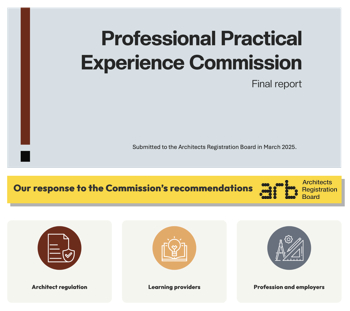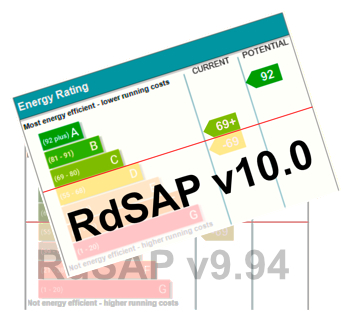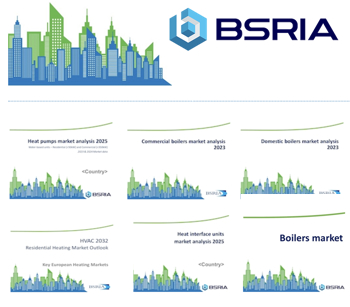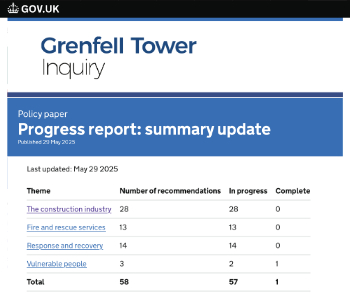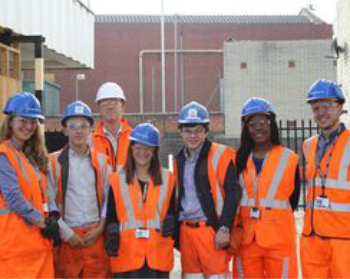Government to commission affordable homes on publicly owned land
On 4 January 2016, as part of its plans to deliver 200,000 starter homes over the next 5 years, the Prime Minister announced that the government would directly commission thousands of new affordable homes on publicly-owned land. Ref gov.uk : The government will directly build affordable homes.
They claim that direct commissioning has not been undertaken on this scale since Thatcher and Heseltine started the Docklands regeneration. The intention is to commission smaller building firms, currently unable to take on big projects, to build on publicly-owned land where planning permission is already in place.
This is seen as a sign of the government’s growing frustration that house builders are not delivering enough new homes. They suggest that at present, the top 8 house builders provide 50% of new homes. Direct commissioning by the government will support smaller builders and new entrants who lack resources and access to land.
In the first instance, construction of up to 13,000 new homes will start on 4 sites outside of London in 2016:
- Connaught Barracks in Dover.
- Northstowe in Cambridgeshire.
- Lower Graylingwell in Chichester.
- Daedelus on Waterfront in Gosport.
The Old Oak Common site in north west London will also be developed.
Up to 40% of the new properties will be affordable ‘starter’ homes. A starter home is a home sold to a first time buyer under 40, for at least a 20% discount compared to the market value. The purchaser must live in the home for five years to gain the full benefit of the discount.
In addition, a £1.2bn fund was announced to prepare brownfield sites for the construction of starter homes in the next 5 years. This is intended to fast-track the creation of at least 30,000 new starter homes and up to 30,000 ‘market’ homes on 500 new sites by 2020.
David Cameron said, “Today’s package signals a huge shift in government policy. Nothing like this has been done on this scale in 3 decades – government rolling its sleeves up and directly getting homes built.”
Communities Secretary Greg Clark said, “Today’s radical new approach will mean the government will directly commission small and up-and-coming companies to build thousands of new homes on sites right across the country. This, and the £1.2billion new starter homes fund, will help thousands of people to realise their dream of owning their own home.”
Brian Berry, Chief Executive of the Federation of Master Builders (FMB), said, “When it comes to building new homes, the availability of small sites is the single biggest barrier to SME house builders increasing their output. Any measures that the government can introduce that will increase the number of small sites suitable for SME house builders will help address the housing shortfall. It is also encouraging that the majority of these sites will already have planning permission in place as obtaining permission is all-too-often a lengthy and protracted process – avoiding this time delay should help house builders increase their supply much more quickly.
In March 2019, Communities Secretary James Brokenshire announced the government will provide £250 million so that up to 13,000 new homes can be built close to the new HS2 railway station at Old Oak Common. Alongside that, £320 million will be spent on a new Brent Cross West Thameslink station which will lead to a new community of 7,500 properties being built. https://www.gov.uk/government/news/brokenshire-announces-570-million-to-deliver-london-housing-near-transport-links
[edit] Related articles on Designing Buildings Wiki
Featured articles and news
Key points for construction at a glance with industry reactions.
Functionality, visibility and sustainability
The simpler approach to specification.
Architects, architecture, buildings, and inspiration in film
The close ties between makers and the movies, with our long list of suggested viewing.
SELECT three-point plan for action issued to MSPs
Call for Scottish regulation, green skills and recognition of electrotechnical industry as part of a manifesto for Scottish Parliamentary elections.
UCEM becomes the University of the Built Environment
Major milestone in its 106-year history, follows recent merger with London School of Architecture (LSE).
Professional practical experience for Architects in training
The long process to transform the nature of education and professional practical experience in the Architecture profession following recent reports.
A people-first approach to retrofit
Moving away from the destructive paradigm of fabric-first.
International Electrician Day, 10 June 2025
Celebrating the role of electrical engineers from André-Marie Amperè, today and for the future.
New guide for clients launched at Houses of Parliament
'There has never been a more important time for clients to step up and ...ask the right questions'
The impact of recycled slate tiles
Innovation across the decades.
EPC changes for existing buildings
Changes and their context as the new RdSAP methodology comes into use from 15 June.
Skills England publishes Sector skills needs assessments
Priority areas relating to the built environment highlighted and described in brief.
BSRIA HVAC Market Watch - May 2025 Edition
Heat Pump Market Outlook: Policy, Performance & Refrigerant Trends for 2025–2028.
Committing to EDI in construction with CIOB
Built Environment professional bodies deepen commitment to EDI with two new signatories: CIAT and CICES.
Government Grenfell progress report at a glance
Line by line recomendation overview, with links to more details.
An engaging and lively review of his professional life.
Sustainable heating for listed buildings
A problem that needs to be approached intelligently.
50th Golden anniversary ECA Edmundson apprentice award
Deadline for entries has been extended to Friday 27 June, so don't miss out!
CIAT at the London Festival of Architecture
Designing for Everyone: Breaking Barriers in Inclusive Architecture.
Mixed reactions to apprenticeship and skills reform 2025
A 'welcome shift' for some and a 'backwards step' for others.












